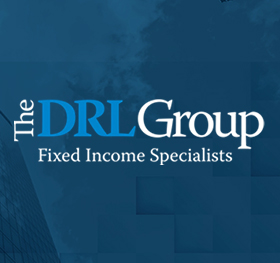The likelihood of a 5%-5.25% bond being called in the current and future rate environment largely depends on several factors, including interest rate trends and the issuer’s financial strategy.
If interest rates are low or expected to decrease, issuers must evaluate the cost of the outstanding loan when deciding whether to call or not. If bonds were issued when rates were 5.00-5.25% and rates go lower, the call chances increase so the issuer can refinance at a lower rate. If rates are rising and the borrowing costs are at or above the coupon rate, the chances for a call to be exercised are lower.
The issuer’s cash flow and overall financial health play a significant role. If they have sufficient resources and other borrowing options available, they may decide to call the bond if it benefits their overall strategy.
It’s essential to look at the specific call provisions of the bond. Some bonds may have delayed call periods or specific conditions under which they can be called, affecting their likelihood of being redeemed early.
Given these factors, if the trend is toward falling interest rates, the likelihood of a 5%-5.25% bond being called increases. However, monitoring economic conditions and the issuer’s situation will provide clearer insights into this risk going forward.
To lower the chances of buying a bond that could get called, consider the following strategies:
- 1. Choose Non-Callable Bonds: Focus on bonds that are non-callable. Corporate bonds and municipal bonds are often non-callable, meaning they cannot be redeemed early by the issuer, providing you with more predictable cash flows.
- 2. Check the Call Features: If you are considering a bond with a call feature, review the terms of the call provision. Look for details like the call date and call price. Bonds that are callable far into the future are generally safer from being called soon. Watch for bonds subject to anytime, any interest date or extraordinary redemption calls.
- 3. Evaluate Interest Rates: Understand that bonds are more likely to be called when interest rates decline, allowing issuers to refinance at lower rates. If you suspect interest rates might fall, you might want to avoid callable bonds or purchase lower coupon bonds such as a 3% to 4% vs the 5% example
- 4. Look at the Yield: Callable bonds usually offer higher yields than non-callable ones due to the risk of being called. If the yield seems too good to be true, it might come with the risk of being called in the short term.
- 5. Invest in Longer Maturity Bonds: Bonds that have longer maturities typically have call dates as long as 10 years out.
- 6. Diversify Your Bond Portfolio: Diversifying your investments can help you manage risks. If some bonds in your portfolio are callable, ensure that others are not, balancing the overall risk.
By considering these factors, you can minimize the chances of ending up with bonds that may be called unexpectedly.


